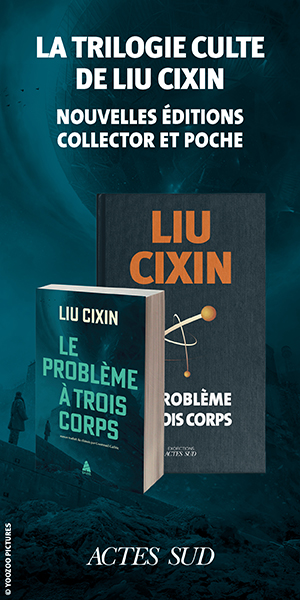The Grapes of Wrath. John Steinbeck
Extraits

Anglais apprentissage
The Grapes of Wrath. John Steinbeck
11/2007

Histoire internationale
Knowledge and Symbolization in Saint John of the Cross
07/1993

Musique, danse
On a tué John Lennon
03/2019
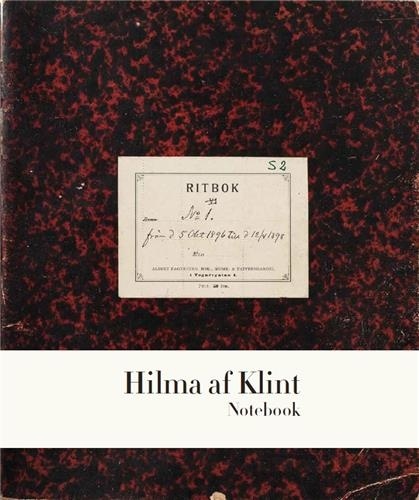
Monographies
Hilma af Klint. The Five Notebook 1
01/2022

Philosophie
«Phädon», or «On the Immortality of the Soul»
12/2006
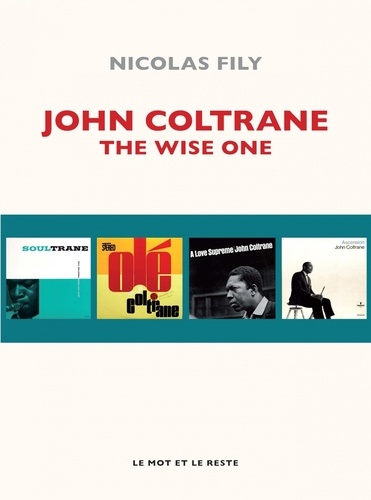
Musique, danse
John Coltrane. The Wise One
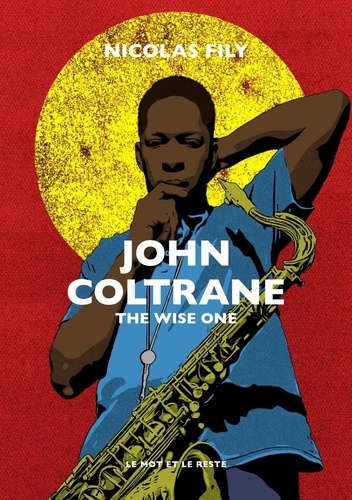
Jazz, Blues, Soul, Rap, Reggae
John Coltrane. The Wise One
03/2023

Philosophie
Reading Life / Writing Fiction
01/1994

Sciences politiques
The Structure of Political Communication in the United Kingdom, the United States and the Federal Republic of Germany
11/1987
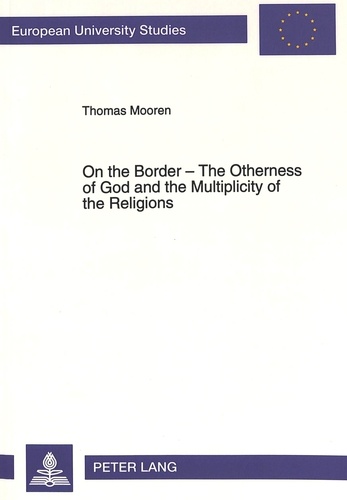
Histoire internationale
On the Border - The Otherness of God and the Multiplicity of the Religions
01/1994

Histoire et Philosophiesophie
The Undergrowth of Science. Delusion, self-deception and human frailty
01/2000

Histoire et Philosophiesophie
Thinking about Physics
01/2000
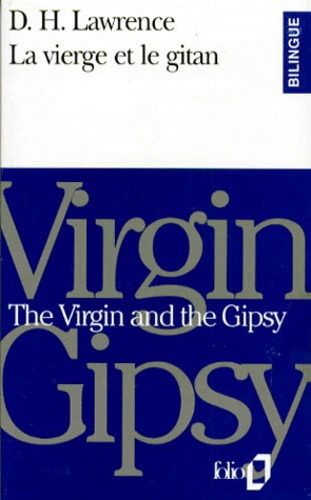
Anglais apprentissage
LA VIERGE ET LE GITAN : THE VIRGIN AND THE GIPSY
02/1993
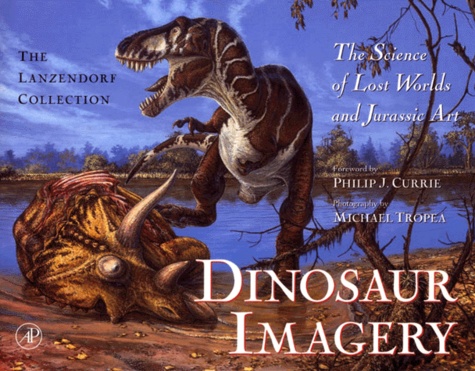
Sciences de la terre et de la
Dinosaur imagery. The Science of Lost Worlds and Jurassic Art, The Lanzendorf Collection
05/2000

Littérature érotique et sentim
Winter's wrath. Tome 1, Contrecoup
01/2021
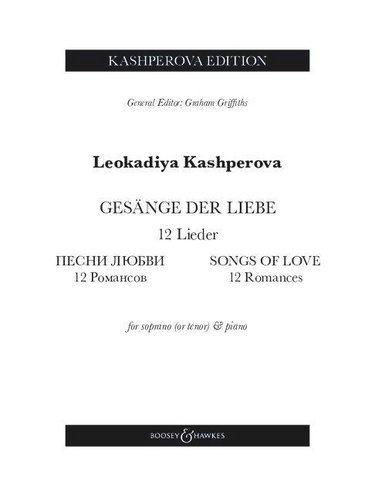
Musique classique
Songs of Love. 12 Romances. 12 Lieder. Soprano (tenor) and piano.
12/2023

Tourisme étranger
Moroccan tracks Volume 11. The sagho djebel
08/2022

Non classé
The Concept of Man in Igbo Myths
11/1999

Non classé
Experimental Social Dilemmas
12/1986
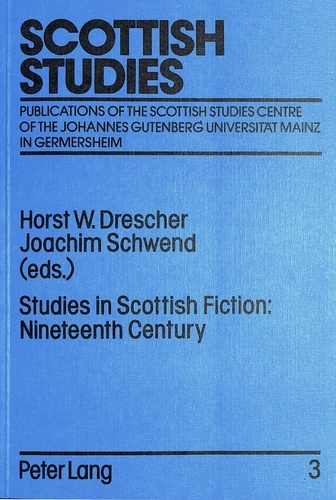
Non classé
Studies in Scottish Fiction:- Nineteenth Century
12/1985
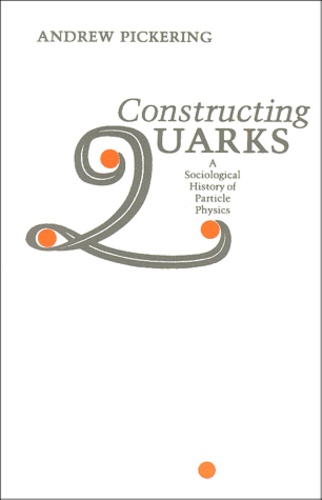
Histoire et Philosophiesophie
CONSTRUCTING QUARKS. A Sociological History of Particle Physics
01/1984
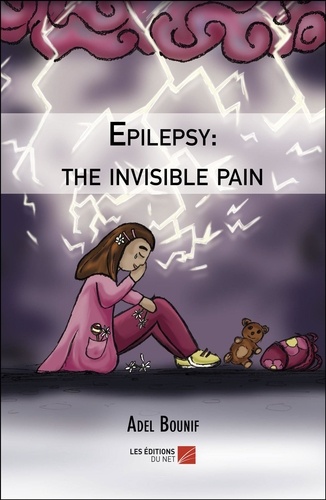
Poésie
Epilepsy: the invisible pain
01/2019

Droit
Constructing Reality
11/1999
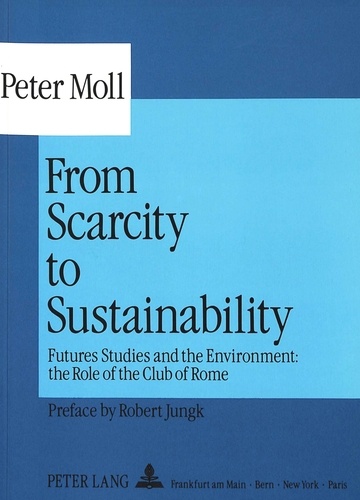
Non classé
From Scarcity to Sustainability
12/1991

Littérature française
Les inventeurs. Essai
02/2017

Lecture 6-9 ans
L'énigme du sabre. Edition bilingue français-anglais
06/2018

Policiers
Goebius' Strange Model
01/2020

Décoration
Colour and meaning. Art, Science and Symbolism
01/1999
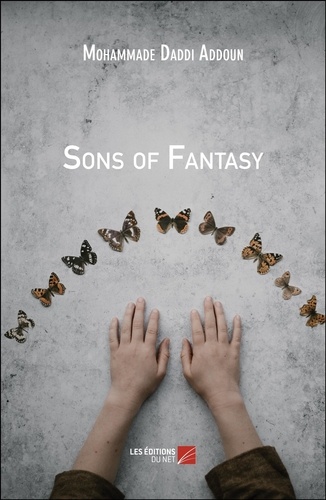
Littérature française
Sons of Fantasy
08/2018

Cinéma
Aesthetica antarctica. The Thing de John Carpenter
11/2019

